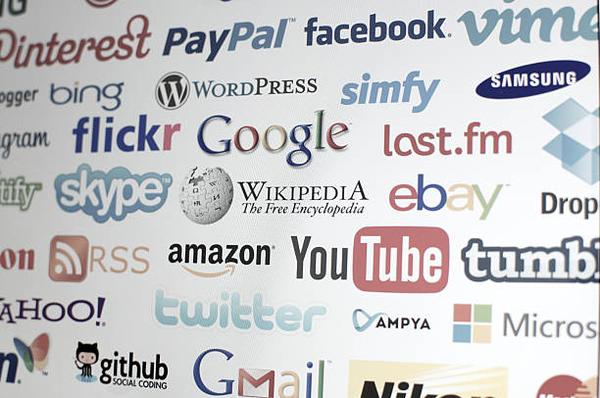The Original Approach to Gender Bias Lessons Learned from Wikipedia
Gender bias is a pervasive issue that affects individuals in various aspects of life, including the workplace, education, and even online platforms like Wikipedia. Despite efforts to address this issue, gender bias continues to persist, impacting how information is presented and perceived by users.
One of the key challenges in combating gender bias is recognizing its existence and understanding its implications. In a study conducted by researchers at the University of Washington, it was found that articles on Wikipedia tend to exhibit gender bias in terms of content coverage and presentation. For example, articles about women are often shorter in length and less detailed compared to those about men. This disparity not only reflects a lack of representation but also perpetuates stereotypes and reinforces existing power dynamics.
To address this issue, the researchers proposed an original approach that involves incorporating lessons learned from Wikipedia into educational curricula. By analyzing the patterns of gender bias on Wikipedia, educators can develop strategies to raise awareness about this issue among students and empower them to challenge biases they encounter both online and offline.
The first step in implementing this approach is educating students about the prevalence of gender bias on Wikipedia and its impact on knowledge production. By examining case studies and conducting hands-on activities, students can gain a deeper understanding of how biases manifest in digital spaces and learn how they can contribute to more inclusive knowledge creation processes.
Furthermore, educators can encourage students to actively engage with Wikipedia by editing articles related to underrepresented groups or topics. By participating in edit-a-thons or contributing content independently, students can help bridge gaps in representation and promote diverse perspectives within the platform.
In addition to addressing gender bias on Wikipedia directly, educators can also incorporate discussions about broader issues related to diversity and inclusion into their curricula. By exploring intersectional identities and examining how systems of privilege operate within society, students can develop critical thinking skills that enable them to recognize biases across different contexts.
Overall, the original approach proposed by the University of Washington researchers offers a unique perspective on addressing gender bias through educational interventions. By leveraging insights gained from studying Wikipedia’s content patterns, educators have the opportunity to equip students with valuable skills for challenging stereotypes and promoting equity in digital spaces.
As we continue our efforts to combat gender bias in all its forms, it is essential that we leverage innovative approaches like this one that draw upon lessons learned from real-world examples such as Wikipedia. Through collaborative efforts between researchers, educators, and activists alike, we can work towards creating a more inclusive society where all voices are heard and valued equally.


